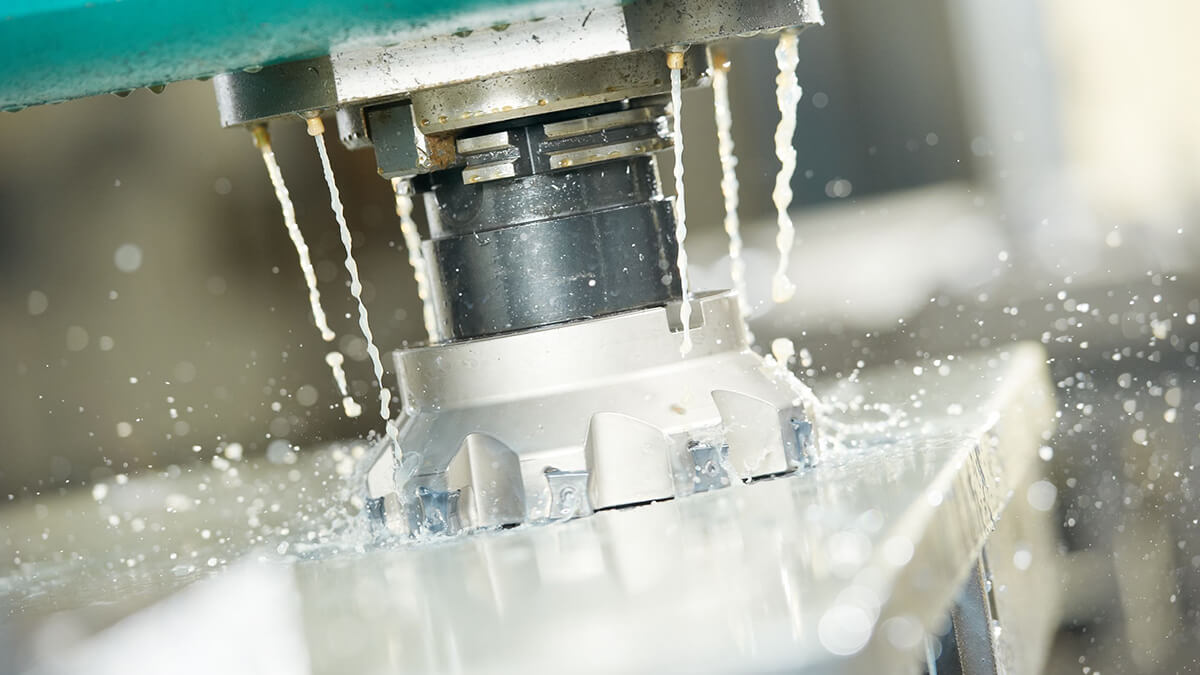The lathe is the earliest working mother machine. Most of the circular parts are processed to make longitudinal or horizontal movements, and the rotating workpiece fixed on the chuck is cut to change its appearance and shape, making it a practical product.
The range of lathe work is extremely wide, such as outer diameter turning, face turning, taper turning, thread turning, class turning, grooving and cutting, drilling center holes, drilling, boring, embossing, eccentric turning, balls and curved surfaces Turning, etc. all belong to its processing scope.
Evolution of CNC lathe machining
CNC is a Computer Numerical Control (CNC) machine tool. It uses a digital signal operating system to control the process equipment in the production system. Today, most numerical control machine tools use computers to perform arithmetic control. The so-called lathe machining refers to the machining behavior that the workpiece moves in a circular motion and the tool moves in a linear motion. The earliest lathe processing is said to be that ancient humans used ropes to turn wood and then held tools for turning. In the industrial revolution, a large number of metal products were widely needed, and lathe processing became the key to production. Later, after the development of steam engines, the application of belts and gears, all-gear high-speed lathes finally appeared. Until now, CNC lathe processing equipment has gradually replaced traditional lathes, production efficiency has doubled, and parts processing accuracy has also been greatly improved, becoming an important indicator of national modernization.
Lathe processing materials and equipment types
Lathe processing materials include various types of metal hardware grinding, stainless steel grinding, steel, aluminum alloy, tungsten steel grinding, white iron, copper, titanium, molybdenum, metal composite materials, magnetic materials, zirconia, ceramics, silicon crystal, PEEK, engineering plastics, PPS, etc.
Types of lathe equipment:
Ordinary lathe or Engine Lathe is a general-purpose machine tool. It is the predecessor of today's high-speed lathes. It already has the complete functions of lathes. As long as the operator is skilled, the workpieces with low accuracy can be completed, and the price Very cheap.
- Automatic Lathe
The automatic sequence control, feeder, and discharge mechanism not only have very high processing efficiency but also can operate unmanned for a long time, suitable for small parts.
- Vertical lathe machining (Vertical Lathe)
The lathe head is placed vertically, the workpiece is easy to load and unload, and the trouble of chip accumulation and deformation is reduced. In recent years, a highly automated inverted lathe has even been developed.
- Table Lathe Processing (Bench Lathe)
The lathe processing equipment that can be used on the table is suitable for the processing of small parts such as measuring tools, instruments, clocks, and watches.
CNC lathe processing equipment (Computerized Numerical Control Lathe)In the early numerical control NC lathe processing equipment, it is necessary to drive the data into the hole belt, and then the control unit converts the above data into a signal to facilitate automatic turning processing.
For CNC lathe processing equipment, the personnel enters the data into the computer to generate the G code, and then the CNC controller drives the machine for precision processing.
Computer numerical control CNC (complete computer control) machine tool
From 1960 to 2000, the numerical control system was extended to other metal processing machines. Until the computer microprocessor is applied to numerical control, the working mother machine can not only be directly operated by humans but also can be automatically controlled to greatly improve the function. Such a system is called computer numerical control (CNC). During this period, new, fast, multi-axis machine tools also appeared. In particular, Japan successfully broke the traditional form of the main shaft of the machine tool, moved the main shaft of the machine tool with a spider-like device, and controlled it with a high-speed controller. The CNC machine also makes a part, not only the job of the technician but also the programmers.
The CNC program can be divided into the main program and an auxiliary program (subprogram). Any part of repeated processing can be written with an auxiliary program to simplify the design of the main program.
Character (numerical data) → word → single block → processing program.
Just open the notepad in the Windows operating system to edit the CNC code, and the written CNC program can use the simulation software to simulate the correctness of the tool path.
The CNC program can be divided into the main program and an auxiliary program (subprogram). Any part of repeated processing can be written with an auxiliary program to simplify the design of the main program.
Character (numerical data) → word → single block → processing program. Just open the notepad in the Windows operating system to edit the CNC code, and the written CNC program can use the simulation software to simulate the correctness of the tool path.
CNC automatic lathe processing advantages:
Due to the ideal design of cutting speed and feed, the tool cost is relatively low, and the unit cost can be reduced in a small number of diverse production modes, especially when the shape of the finished product is complex and fine. If the program is well designed, it can be used for machine tools at different times and places. To produce the same product, there is no need to redesign, so reduce the upfront cost and preparation time. "Adaptive control" can maintain the machine tool in the best production conditions and extend the life of the tool.
- Exemption of much pre-operation time
- Can reduce inspection costs
- The operator does not need to possess advanced technology
- The use of special molds and fixtures can be eliminated, saving processing time
- Automatic tool change, feeding, etc., with a higher degree of automation.
- High efficiency, high quality, and high yield.
Advantages of personnel management:It can reduce labor and personnel costs, machine operation is simple, an operator can operate several machines at the same time. The processing time and unit cost are easy to control and master, so the production plan can be effectively mastered, and the dull material can be reduced. Once the programming is completed, the operation reduces dependence on high-tech operators, thereby eliminating operator errors and improving yield.
Disadvantages of CNC automatic lathe processing:
- The initial purchase cost of the CNC machine tool is high.
- Program personnel must have knowledge of processing and operation.
- The equipment is precise and complex, and the cost of maintenance and repair is high.
- Rely on programmers, mechanical maintenance professionals. Such personnel training is more difficult than general technicians.














